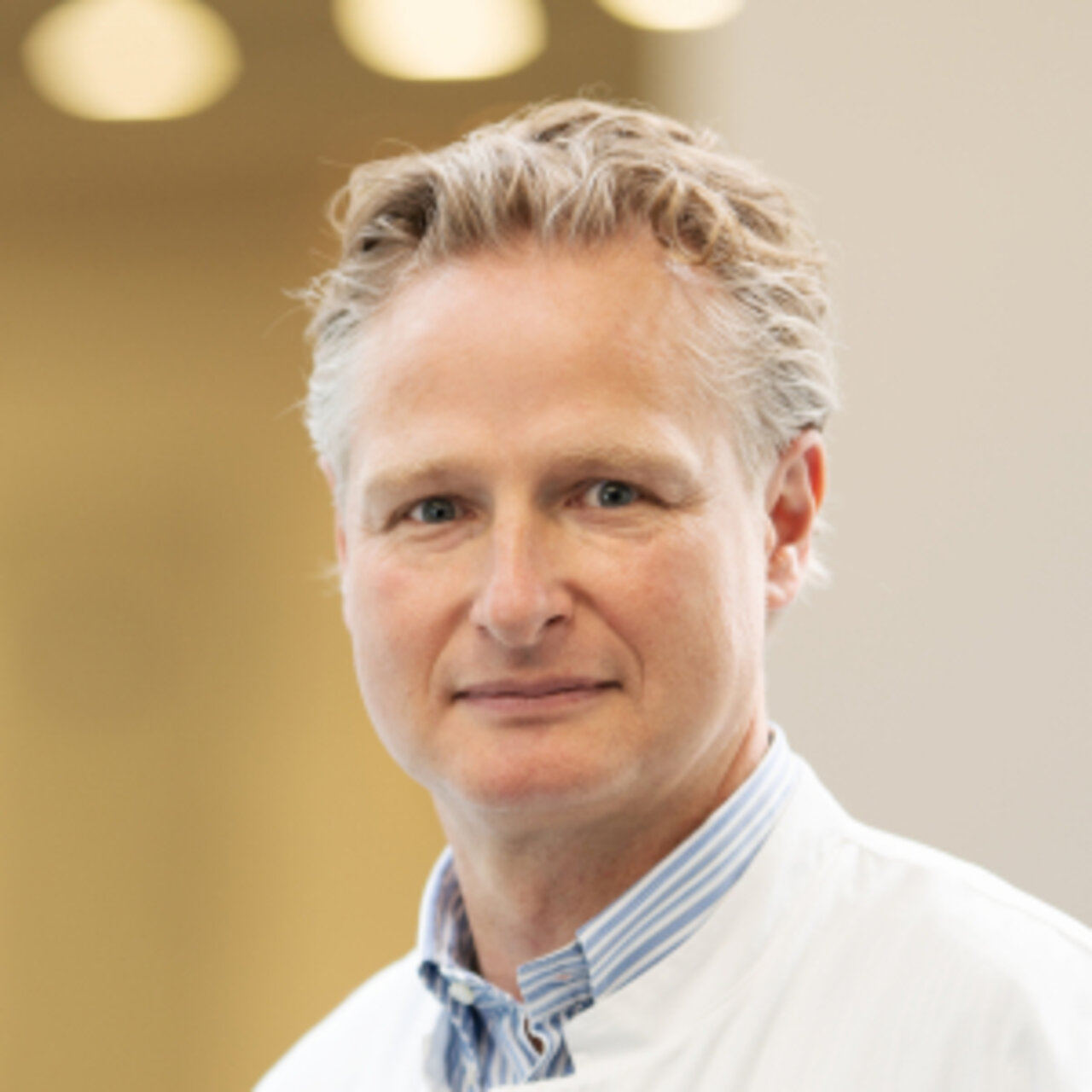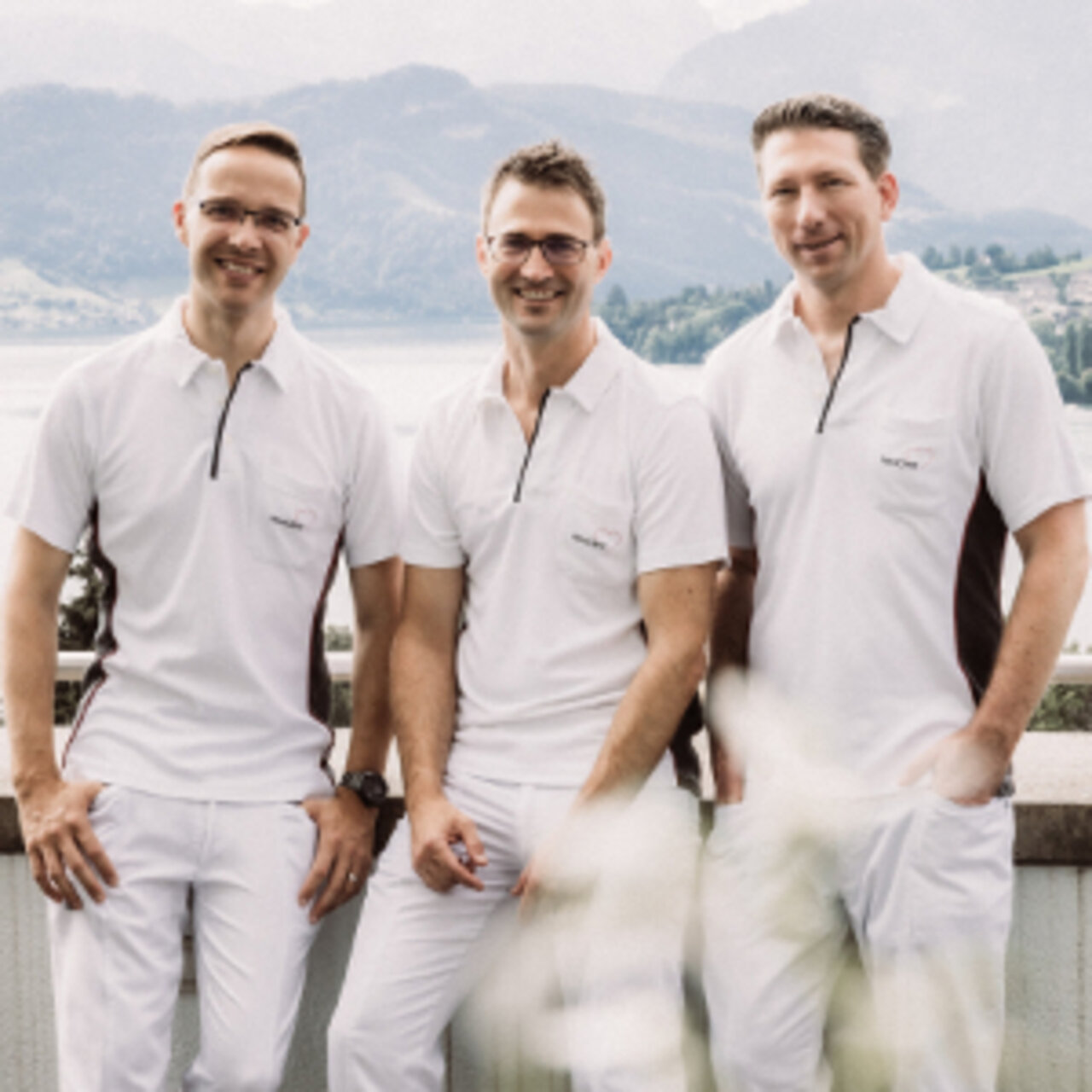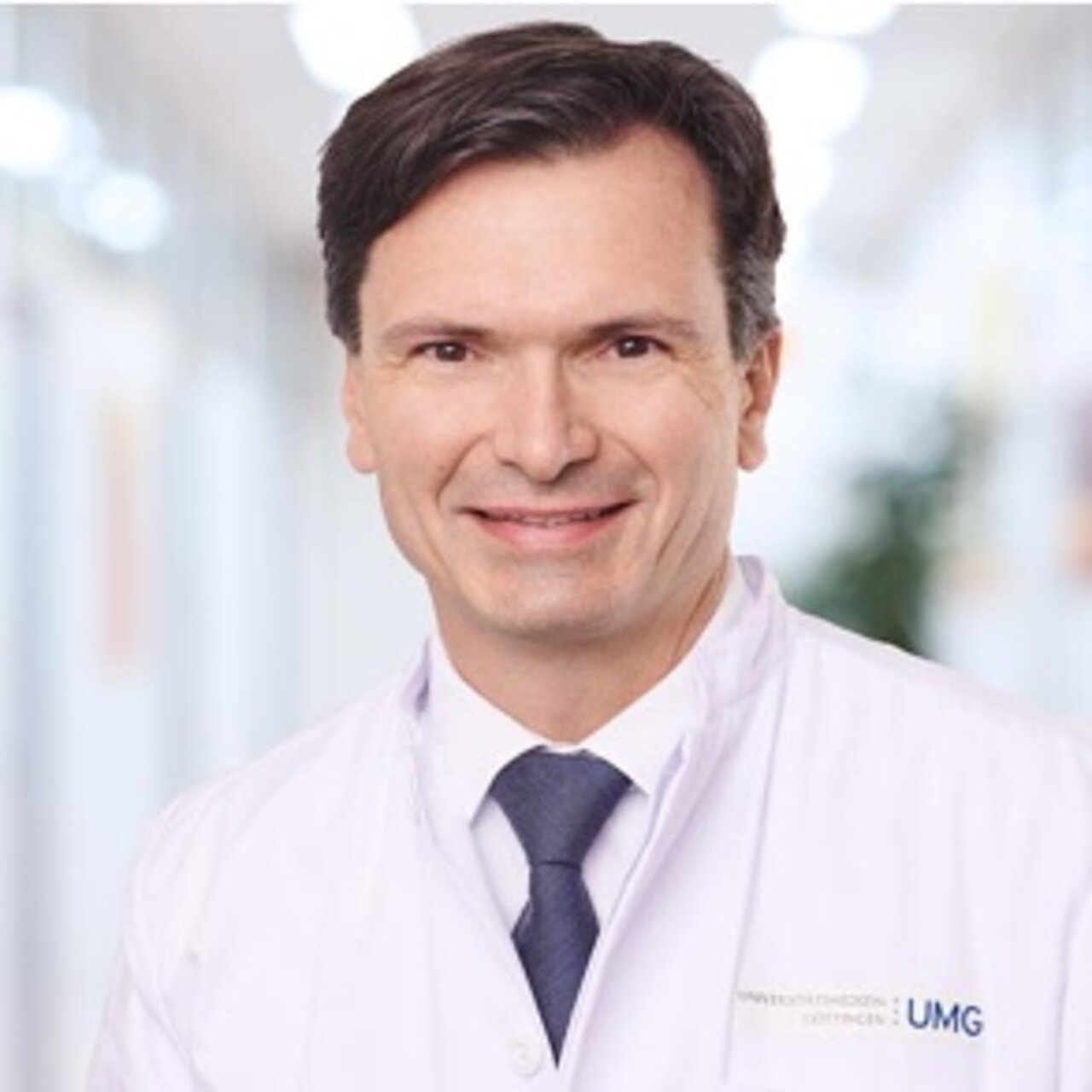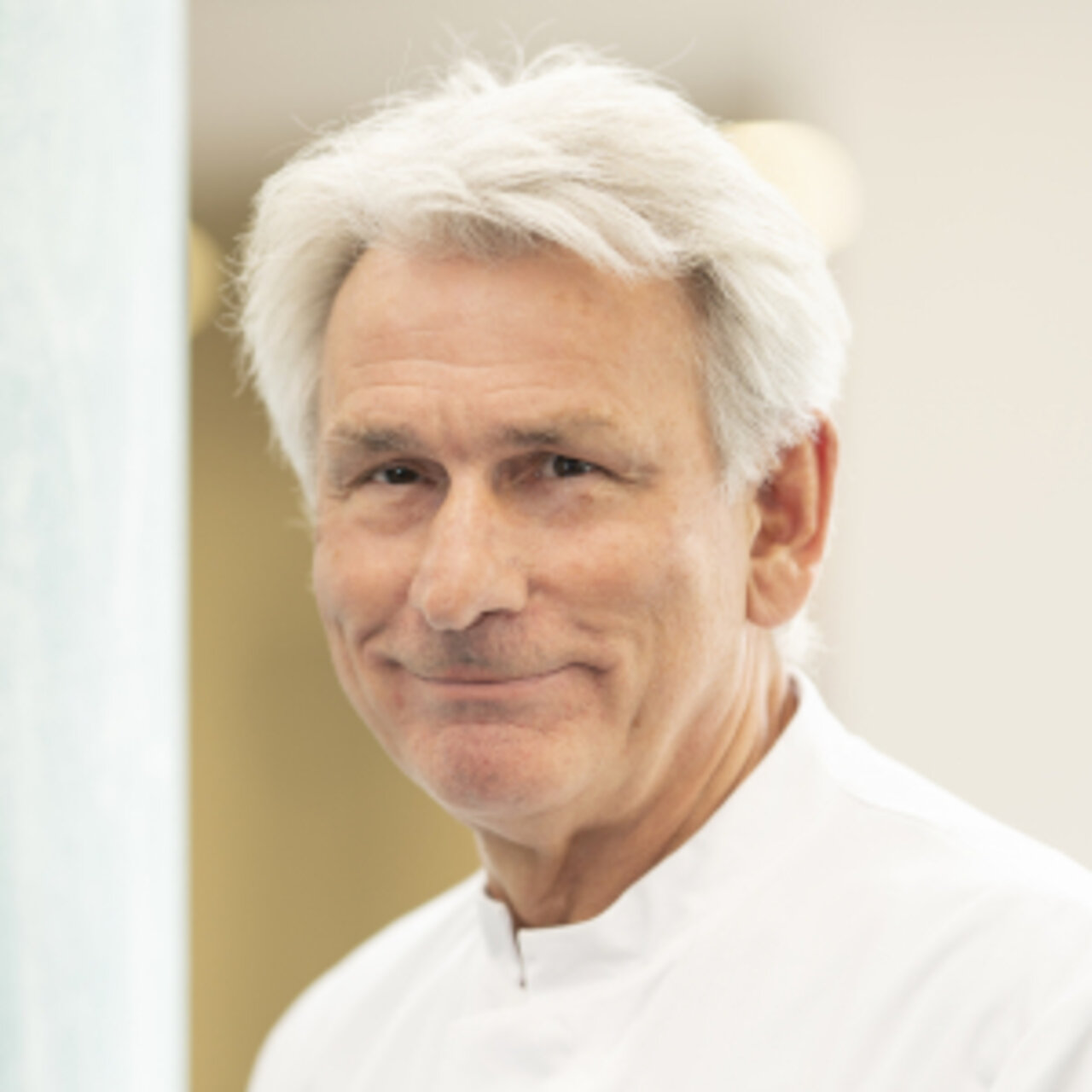Specialists in Aortic valve replacement
5 Specialists found
Information About the Field of Aortic valve replacement
What is aortic valve replacement?
The term aortic valve replacement describes the exchange of a damaged aortic valve with a prosthetic heart valve. It may be performed by open heart surgery or by means of a catheter-guided intervention. An actual replacement of the aortic valve is required in the case of acquired aortic valve stenosis. Patients who were born with an aortic stenosis or aortic valve regurgitation might also be eligible for reconstruction of the aortic valve.
What conditions require aortic valve surgery?
The aortic valve separates the left main chamber from the main artery (referred to as the aorta) and prevents the backflow of oxygenated blood into the heart. Damage to the aortic valve leads to increased cardiac force required to meet the whole body's oxygen demands. Unless the aortic valve defect is corrected, the patient is at risk for heart failure as a result of the constant strain. The following aortic valve diseases can be treated by aortic valve replacement.
Aortic stenosis
Stenosis of the aortic valve is the most common acquired valve defect. For the most part, it develops as a result of age-related calcification (calcifying AS). As a result, the valve can no longer open properly and not enough blood reaches the circulation. More than 3% of the population above the age of 65 suffers from this condition. Aortic valve stenosis may also be congenital and cause symptoms as early as during infancy or childhood.
Aortic valve regurgitation
Any valve regurgitation or insufficiency can possibly be the result of congenital defects of the aortic valve but may also be acquired from scarring following an inflammation of the valve (endocarditis). It involves the backflow of blood from the aorta back into the heart, resulting in an increased workload for the heart and patients typically complain about shortness of breath or dizziness.
Replacement or reconstruction of the aortic valve – which method is preferred in what scenario?
Not all aortic valve defects must be replaced by a valvular prosthesis. In many cases, it can also be resolved by reconstruction. Aortic valve reconstruction can be considered in the following cases:
- Aortic valve stenosis without calcification
- Congenital aortic valve stenosis
- Aortic valve regurgitation
The aim of performing surgery on the aortic valve is to improve the life expectancy. Valve reconstruction represents the more modern approach. However, in cases of severe destruction or calcified valves, replacing the valve remains the gold standard. One advantage of aortic valve reconstruction is the minimal risk of thrombosis, which means that patients are not required to take blood thinners. Furthermore, the risk of bacterial infection of the aortic valve is much smaller compared to surgical aortic valve replacement.
When should surgery for aortic valve replacement be performed?
Generally, all patients should be aware that there is no other curative treatment of aortic valve stenosis or regurgitation than surgery. As symptoms usually appear only in later stages of the disease, surgery is indicated as soon as patients experience symptoms. If surgery is done too late, irreversible changes may be the consequence which reduce the patients’ benefit from the procedure. After the onset of symptoms from aortic valve stenosis, only 50% of patients that haven’t undergone surgery survive after 2 years!
What examinations should be carried out prior to valve replacment?
All patients must be thoroughly examined physically. ECG may show hyperthrophy of the heart or arrhytmias. The examination of choice of today is echocardiography. It may reveal aortic stenosis as well as aortic insufficiency and can be used to quantify the extent. MRI or CT of the heart may support the diagnosis. Prior tot he procedure, catheterization of the heart is necessary to identify any narrowed vessels that supply the heart (coronary arteries). In case of stenosis of coronary vessels, patients can receive a coronary bypass parallel to the valve replacement.
Which surgical methods can be used for aortic valve replacement?
Generally, when it comes to valve replacement, open heart surgery must be distinguished from minimally invasive techniques.
Surgical aortic valve replacement
During open heart surgery, patients are under general anesthesia. First, the thoracic cage is opened by separating the chest bone and once the heart can be accessed, it is connected to a heart-lung-machine and brought to a stillstand. Following this, the destructed heart valve is resected via the aorta and exchanged for a prosthetic valve. This procedure is associated with one of the lowest risks in open heart surgery and nowadays, about 1-4% of patients die after this operation.
Minimally invasive aortic valve replacement
The minimally-invasive approach known as TAVI (transcatheter aortic valve implantation) is carried out in about one thirds of patients today, in case patients are associated with in increased perioperative risk. It involves advancing the valve prosthesis through a catheter via an artery to the heart. The prosthesis is attached to a metal framework, which is unfolded at the correct location and thereby can be anchored to the heart tissue. The native and defect aortic valve is not resected in this case and is simply moved to the side by the new valve. As of today, the minimally-invasive approach has not generally replaced open heart surgery, because of the lack of long-term studies for this technique.
Ross procedure
The so-called Ross procedure is a special type of aortic valve replacement and involves exchanging the narrow aortic vlave with the pulmonary valve. The pulmonary valve, in turn, is exchanged by a biological prosthesis. This technique is mostly carried out in children.
Which aortic valve prosthesis are used?
When replacing heart valves, two types of prosthesis can be used. Either mechanical articifial valves (mostly from metal) or biological valves that are either human or from animals (pigs, cows) are available. The mechanical valve is advantageous, as it offers an almost lifelong duration, however, patients must also undergo lifelong blood-thinning medication. Biological valves do not make blood thinners necessary, although these valves usually lasting for only 10-15 years.
What is the life expectancy after aortic valve replacement?
After the procedure, patients usually undergo physiotherapy and proper physical exercise and can return to their normal activities of daily lives within 12 weeks. After the valve replacement, short interval follow-ups with echocardiography are required, because of the risk of mild valve insufficiency. Rarely, disorders of heart rhythm are experience after surgery which require a cardiac pacemaker. One year after valve replacement, about 90% of patients survive and after 5 years the survival rate is 75%.
What doctors and clinics specialize in aortic valve replacment?
If you’re suffering from an aortic valve defect, you expect the best possible medical care. So, of course patients are curious to find out what clinic is the best for heart valve surgery.
As there is no objective way to answer this question and a legitimate doctor would never claim to be the best, patients must rely on a doctor's experience. The more heart valve surgeries doctors perform, the more experienced they become in their area of expertise.
Heart experts, that have specialized in the treatment of heart valve defects, are your go-to consultants for reconstruction or replacement of heart valves. Through their experience and long years of working as cardiologists or heart surgeons with their main focus being surgical correction of valve defects, they represent the best contact person in regards to carrying out heart valve surgery.




